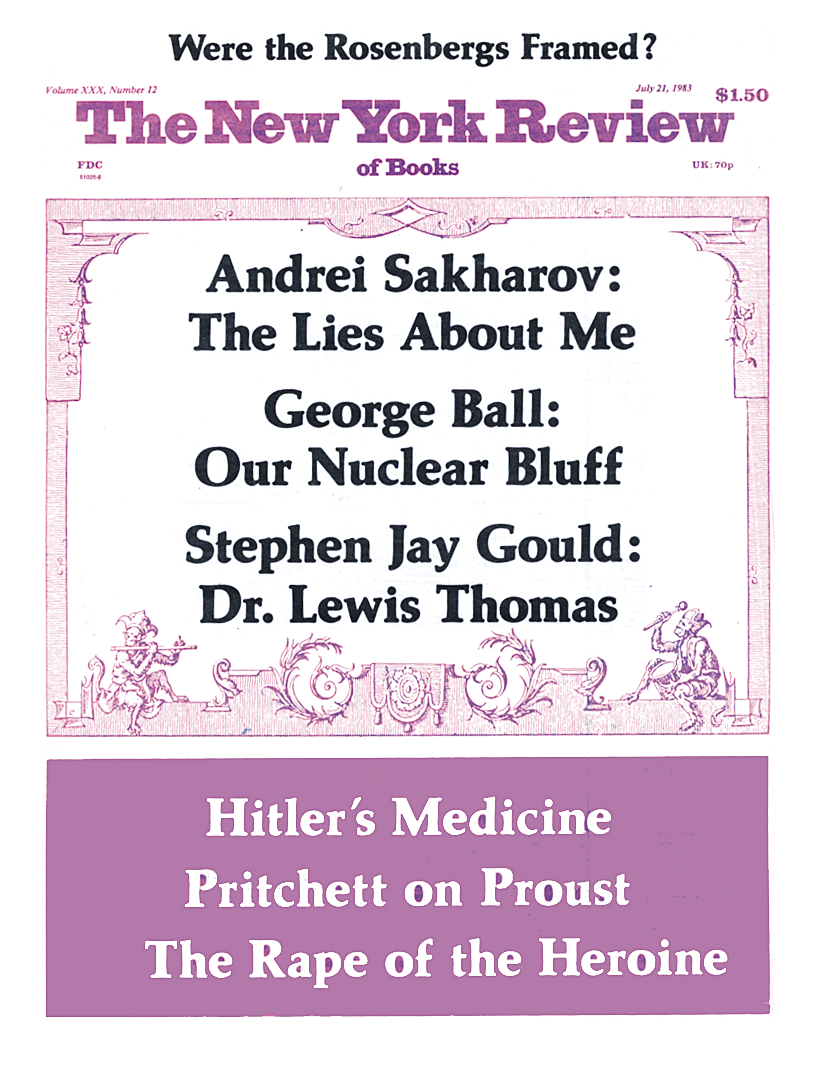Seventy portrait drawings by Holbein the Younger from the royal collection at Windsor Castle, supplemented by material from other sources—paintings, documents, and book illustrations—are on view at the Morgan Library until the end of July. The portrait drawings, which are the meat of the show, were made during Holbein’s two visits to England, first when he was the guest of Sir Thomas More—he had come with a letter from Erasmus—and during a later stay of eleven years which was ended by his death from the plague in 1543.
The drawings are all preparatory studies for oil portraits, some of which still exist. Two of them, in fact, are on display. The drawings themselves are in black and colored chalks on buff or pinkish paper. Sometimes the outlines have been strengthened with pen and ink, in some cases obviously by another hand. The drawings must have been executed quite quickly. The work is amazingly sure; there are no hesitations, no traces of corrections. Occasionally the pink preparation of the paper is gone over with an eraser to produce a lighter tone or to separate a form from the background. A few of them bear notes the painter jotted down as aids to memory, such as “red velvet,” or “silk.” In the early drawings, the notes are in German, later they are in English.
The drawing style is straightforward and assured, without the flourishes or personal mannerisms of, say, Dürer. The difficult parts, such as the anatomy of the eye, or where the septum of the nose meets the mass of flesh above the upper lip, are done with ease and without bravura. Hats, headdresses, haircuts, all the details of the head, are carefully noted down. Thus, once the drawing was done, the sitter did not have to sit again; from it the commissioned portrait would be executed. He lent the painter the clothes to dress a lay figure and that was that. The portrait itself would be painted by the methods then in use: on a gesso-covered wooden panel and with the kind of oil paint invented by Jan van Eyck in the early fifteenth century and popularized in Italy by Antonello da Messina, a mysterious, now-lost painting medium, quite unlike the oil paints in use today, which enabled the painter to make distinct differentiations among the very darkest tones, something our own oil paints will not do—all this to be done away from the sitter and in the privacy of the painter’s workroom.
An indirect painting method such as this is bound to blur the sharpness of the painter’s characterization of his sitter. In the present show the drawings and the finished portraits of Sir Thomas Strange and of an “Unknown Gentleman” are side by side. The characters portrayed in the paintings are in neither case quite those of the drawings; the drawings are more alive and present, actually more interesting than the paintings. How rich and definite is the characterization in all these drawings! Sir Richard Southwell, without being in any way a caricature, is clearly a thug and cruel. Sir John Godsalve, warily watching us, waits to hear what we say next. And how English the sitters are, and how contemporary! The two drawings of Henry Howard, Earl of Surrey bear a striking resemblance to the photographs I have seen of his probable descendant, Brian Howard, who made such a stir in English smart society between the wars. That the drawings have a contemporary look, however, is not surprising. This is the sort of drawing that has no particular age.
Unlike the drawing made as an end in itself, the portrait drawing made to be painted from is composed uniquely of accurate information that the painter can use later. His time with his model is limited; there is none to be wasted on embroidery; every touch must count. Consequently, drawings done to be painted from tend to have a family resemblance. They bear very little mark of their particular time. From those of Pisanello to those of Ingres or Degas, all look contemporary. And of this kind of drawing, the Holbeins on show are quite possibly the most beautiful that exist.
This Issue
July 21, 1983


